Explain difference between Virtualization technology and containerization technology.
Explain difference between hypervisor and docker.
Explain difference between vm image and docker image.
Explain difference between Virtualization technology and containerization technology
Virtualization technology and containerization technology are both forms of virtualization but operate at different levels and have distinct characteristics. Here's an explanation of the key differences between virtualization and containerization:
Virtualization Technology
Level of Abstraction:
Hardware-Level Virtualization: Hypervisors, such as VMware, Hyper-V, and KVM, create virtual machines (VMs) that simulate an entire physical machine, including the CPU, memory, and storage.
Operating System-Level Virtualization: Technologies like OpenVZ and Virtuozzo virtualize at the OS level, allowing multiple isolated user spaces (containers) within a single OS instance.
Isolation:
Strong Isolation: In hardware-level virtualization, VMs are strongly isolated, as each VM runs its own complete operating system.
Partial Isolation: Operating system-level virtualization provides less isolation since containers share the host OS kernel but have separate user spaces.
Resource Overhead:
Higher Overhead: Hardware-level virtualization typically incurs higher resource overhead because each VM includes its own OS and runs a separate kernel.
Lower Overhead: Operating system-level virtualization has lower resource overhead since containers share the host OS kernel, making them more lightweight.
Portability:
Less Portable: VMs can be less portable between different hypervisors due to variations in configurations and hypervisor-specific features.
More Portable: Containers are highly portable, as they encapsulate the application and its dependencies, allowing for easy movement between different environments.
Use Cases:
Diverse Workloads: Virtual machines are suitable for running diverse workloads with different operating systems on a single physical server.
Server Consolidation: Virtualization is often used for server consolidation, allowing multiple applications to run on a single server.
Containerization Technology
:
Level of Abstraction:
Containers operate at the application level, encapsulating an application and its dependencies. Popular containerization platforms include Docker, Podman, and containerd.
Isolation:
Process-Level Isolation: Containers share the host OS kernel but have isolated file systems, processes, and network stacks, providing lightweight isolation.
Lightweight: Containers are more lightweight than VMs, as they do not require a full OS per instance.
Resource Overhead:
Lower Overhead: Containers have lower resource overhead compared to VMs, as they share the host OS kernel.
Portability:
Highly Portable: Containers are highly portable, making it easy to move applications between different environments without compatibility issues.
Use Cases:
Microservices Architecture: Containers are well-suited for microservices architectures, where applications are broken down into smaller, independent services.
Cloud-Native Applications: Containerization is popular in building and deploying cloud-native applications due to its efficiency and portability.
Summary:
In summary, virtualization technology, whether at the hardware or operating system level, involves creating isolated environments for running applications. Containers, on the other hand, are a lightweight form of virtualization that focuses on encapsulating and running applications efficiently. The choice between virtualization and containerization depends on the specific use case, requirements, and the level of isolation needed.
==============================================
Explain difference between hypervisor and docker
Virtualization technologies play a pivotal role in modern computing, providing solutions to efficiently utilize hardware resources and enhance application deployment. Two prominent virtualization approaches are hypervisors and Docker, each with distinct characteristics and use cases. In this blog post, we'll delve into the differences between hypervisors and Docker to help you understand their strengths and applications.
Hypervisors: Virtualizing the Hardware
Hypervisors, also known as Virtual Machine Monitors (VMMs), operate at the hardware level, creating a layer of abstraction between the physical hardware and multiple operating systems. There are two types of hypervisors: Type 1 (Bare Metal) and Type 2 (Hosted).
1. Type 1 Hypervisors (Bare Metal):
Type 1 hypervisors, such as VMware ESXi and Microsoft Hyper-V, are installed directly on the physical hardware. They manage and allocate resources to virtual machines (VMs), each running its own complete operating system.
Key Features:
Strong isolation between VMs.
Dedicated guest OS for each VM.
Suitable for scenarios requiring multiple OS instances on a single server.
2. Type 2 Hypervisors (Hosted):
Type 2 hypervisors, like VMware Workstation and Oracle VirtualBox, run on top of an existing operating system. They provide a virtualization layer that hosts VMs, each with its own OS.
Key Features:
Runs on top of the host OS.
More suitable for development and testing environments.
Slightly higher resource overhead compared to Type 1 hypervisors.
Docker: Lightweight Containerization
Docker, on the other hand, is a containerization platform that operates at the application level. It allows applications and their dependencies to be packaged together in a lightweight, portable container. Containers share the host operating system's kernel but have isolated file systems, processes, and network stacks.
Key Features:
Efficient use of resources with lower overhead compared to VMs.
Portability across different environments.
Process-level isolation rather than full OS virtualization.
Contrasting Features:
1. Isolation:
Hypervisors: Provide strong isolation with each VM having its own complete OS, leading to a higher degree of security.
Docker: Offers process-level isolation where containers share the host OS kernel, promoting lightweight and efficient resource usage.
2. Resource Overhead:
Hypervisors: Have higher resource overhead due to running multiple complete operating systems.
Docker: Boasts lower resource overhead as containers share the host OS kernel, making them more lightweight and scalable.
3. Portability:
Hypervisors: VMs may have compatibility issues when moved between different hypervisors.
Docker: Containers are highly portable, encapsulating the application and dependencies, making them easy to move between environments.
Use Cases:
Hypervisors: Ideal for scenarios requiring strong isolation, running multiple OS instances, and managing diverse workloads.
Docker: Well-suited for microservices architectures, cloud environments, and scenarios where lightweight, portable application deployment is crucial.
Conclusion:
Understanding the differences between hypervisors and Docker is essential for choosing the right virtualization solution based on your specific needs. Hypervisors offer robust isolation with full OS virtualization, while Docker provides lightweight, efficient containerization for modern, scalable applications. By weighing the pros and cons of each approach, you can make informed decisions to optimize your virtualization strategy.
Explain difference between vm image and docker image
A virtual machine (VM) image and a Docker image are both used for virtualization and containerization, but they operate in different ways and serve different purposes.
Virtual Machine (VM) Image:
Hypervisor-Based Virtualization:
VMs run on a hypervisor, which is a layer of software or firmware that emulates the hardware to create virtual machines.
Each VM includes a full operating system (OS) and a hypervisor layer, leading to higher resource overhead.
Isolation:
VMs provide strong isolation since each VM has its own OS and kernel. This isolation helps prevent one VM from affecting others.
Resource Usage:
VMs are generally heavier in terms of resource usage because they include a full OS for each instance.
Example:
A common example is running multiple instances of a Linux distribution or Windows OS on a host machine using a hypervisor like VMware, VirtualBox, or Hyper-V.
Docker Image:
Container-Based Virtualization:
Docker uses containerization to encapsulate an application and its dependencies, sharing the host OS's kernel without the need for a hypervisor.
Lightweight:
Docker containers are lightweight compared to VMs because they share the host OS's kernel and do not require a full OS for each instance.
Resource Efficiency:
Containers are more resource-efficient as they share the host OS components, leading to faster startup times and lower overhead.
Example:
Suppose you have a web application that requires specific dependencies, libraries, and configurations. You can create a Docker image containing the application and all its dependencies. This image can then be run on any system that has Docker installed, providing consistency across different environments.
Comparison:
Resource Overhead:
VMs generally have higher resource overhead due to running multiple operating systems.
Docker containers share the host OS kernel, resulting in lower resource overhead.
Isolation:
VMs provide stronger isolation since they have separate OS instances.
Docker containers share the OS kernel but still provide sufficient isolation for many use cases.
Portability:
Docker images are highly portable, as they contain the application and its dependencies, ensuring consistent behavior across different environments.
VMs may face more challenges in terms of portability due to differences in underlying OS and hypervisor configurations.
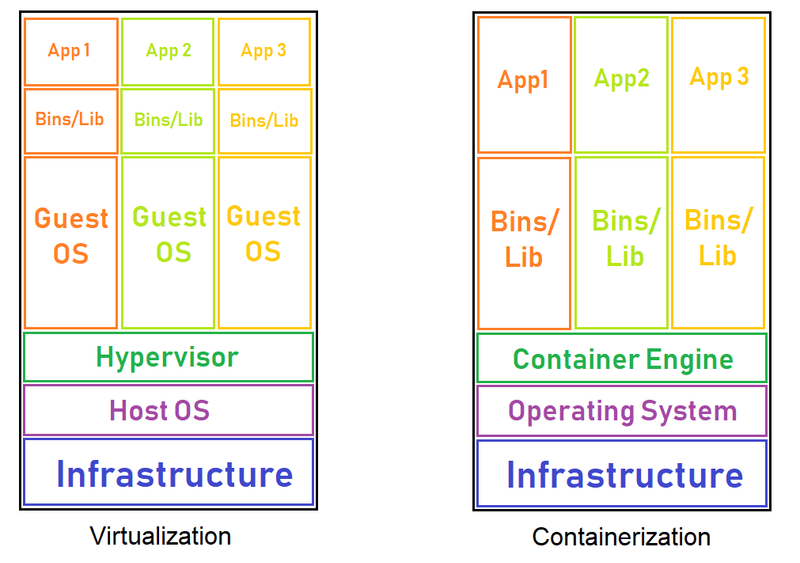
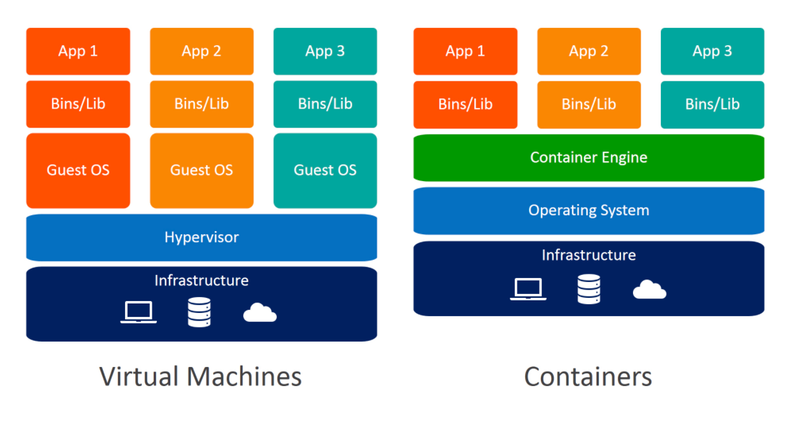
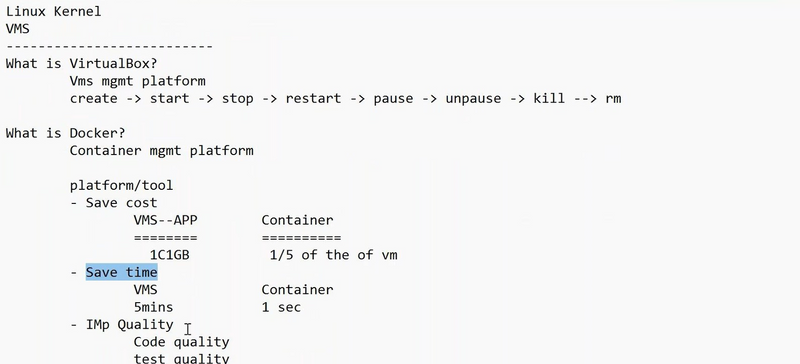
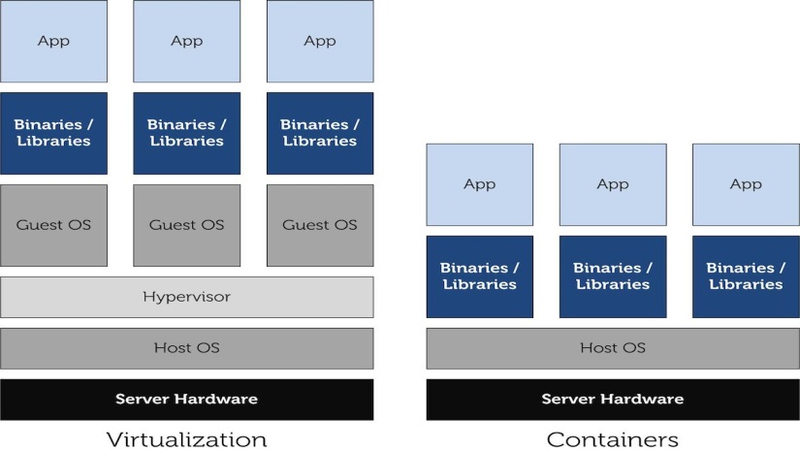
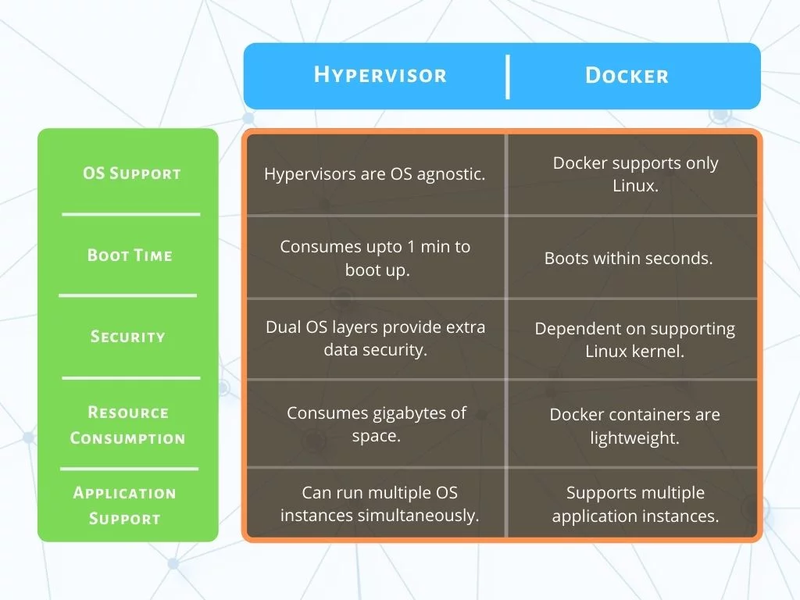
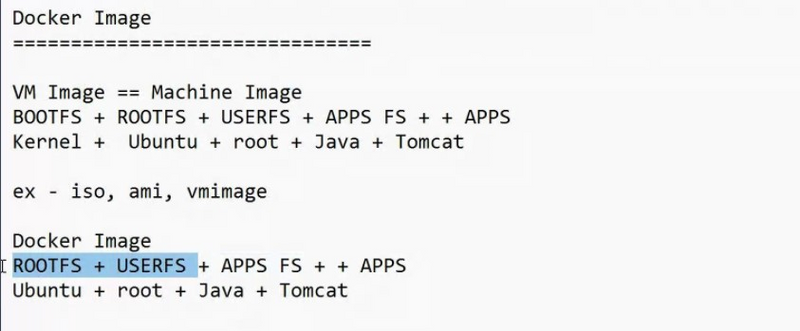

Top comments (0)